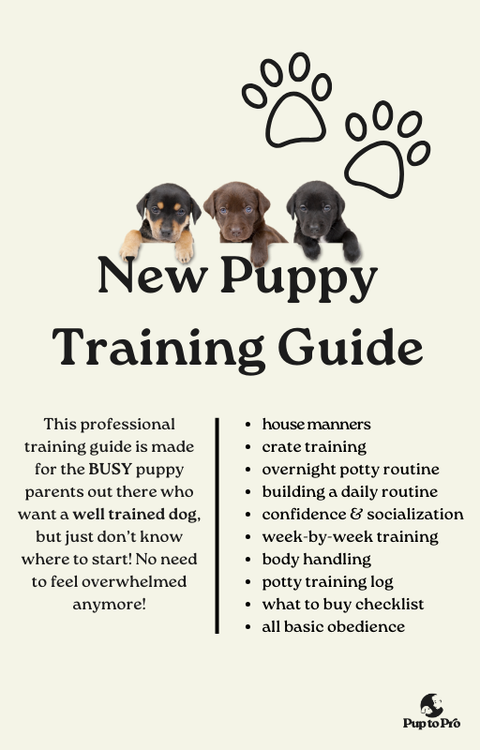News Blast
Stay updated with the latest happenings around the world.
Paw-sitive Reinforcement: Tricks to Train Your Puppy Like a Pro
Discover expert tips and fun tricks to train your puppy like a pro! Transform mischief into manners with our paw-sitive reinforcement guide.
Top 5 Fun Puppy Tricks to Teach Your Dog
If you're looking to bond with your furry friend while keeping them mentally stimulated, teaching fun puppy tricks is an excellent way to do so. Not only do these tricks enhance your dog's agility and obedience, but they also provide a delightful way to showcase their skills. Here are the top 5 fun puppy tricks that you can teach your dog to impress your friends and family:
- Shake Hands: A classic trick that’s simple yet charming, teaching your puppy to shake paws is an adorable way to greet guests.
- Roll Over: This playful trick adds an element of fun to your training routine and is sure to leave everyone in stitches.
- Play Dead: With a little perseverance, you can teach your dog to fall over dramatically when you say "bang!"—a crowd-pleaser for sure.
- Spin: Have your dog twirl in a circle on command; it’s not only fun but also a great way to keep them active.
- Fetch a Specific Toy: This advanced trick encourages your dog to grab a specific item from their toy box and bring it to you, perfect for enhancing their focus!

Understanding the Science Behind Positive Reinforcement in Dog Training
Positive reinforcement is a behavioral modification technique grounded in psychological principles that leverage rewards to encourage desirable behaviors in dogs. The essence of this method lies in the principle of operant conditioning, where behaviors followed by satisfying outcomes are likely to be repeated. For example, when a dog sits on command and receives a treat, it associates the action of sitting with a positive experience. This not only aids in teaching commands more effectively but also fosters a stronger bond between the owner and the pet through trust and understanding.
Scientific studies have shown that positive reinforcement leads to more consistent and reliable results compared to other methods, such as punishment. The impact of a rewarding experience can create a lasting memory in a dog's mind, making it more likely to repeat the behavior in the future. Additionally, incorporating positive reinforcement techniques can significantly reduce anxiety and fear-based behaviors, promoting a happier and more confident pet. Therefore, understanding the science behind this approach can help dog owners effectively train their pets while ensuring their well-being.
Common Mistakes to Avoid When Training Your Puppy
Training a puppy can be a rewarding experience, but many new pet owners make common mistakes that can hinder their progress. One of the biggest errors is using inconsistent commands and cues. Dogs thrive on routine and consistency; when commands change, it can confuse your puppy and make training more challenging. Additionally, it is essential to keep training sessions short and engaging. Puppies have shorter attention spans, so aim for sessions of 5 to 10 minutes, ensuring that your puppy remains focused and motivated to learn.
Another frequent mistake is neglecting positive reinforcement. Punishing a puppy for incorrect behavior may lead to fear and anxiety, making learning difficult. Instead, focus on rewarding good behavior with treats, praise, or playtime. This approach not only encourages your puppy to repeat desired behaviors but also strengthens the bond between you. Remember to be patient; every puppy learns at their own pace. By avoiding these common pitfalls, you'll set your puppy up for successful training and a happy, well-behaved companion.